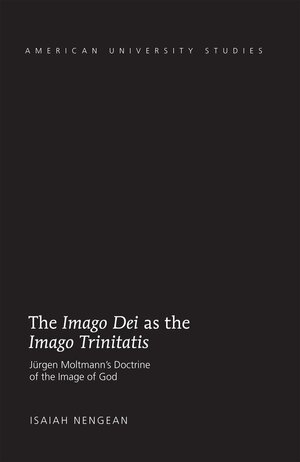
The «Imago Dei» as the »Imago Trinitatis»
Jürgen Moltmann’s Doctrine of the Image of God
von Isaiah NengeanJürgen Moltmann’s Doctrine of the Image of God examines the doctrine of the Image of God in the interpretation of contemporary theologian Jürgen Moltmann. A Reformed theologian from Germany, Moltmann espouses the doctrine in a way that creates a blurring of the Creator-creation distinction. This work identifies the problem with Moltmann’s formulation of the doctrine of the image of God as stemming from Moltmann’s rejection of classical theism or monotheism. He replaces it with the notion of transcendental immanence, together with Trinitarian pantheism, accentuated by means of Hegelian dialectics in alignment with Eastern Orthodox perspectives of the Trinity. Moltmann, therefore, makes the Trinity the foundation of all theologies, and, accordingly, understands the Imago Dei as the Imago Trinitatis. As a result, Moltmann blurs the Creator-creation distinction.
According to the Scriptures however, the Image of God denotes elements of similarity between the divine and human beings. The Image of God is first allocated in an individual and by extension includes the entire global community. In addition, the biblical idea of Christ as the true image, the soteriological understanding of believers as beings in union with Christ, and the theological idea of covenant all express similar thoughts. Within this outlook, human beings reflect the divine without the divine needing to be joined to human beings.






